Dronescape: A High-Resolution Drone Footage Dataset for Tree Region Segmentation
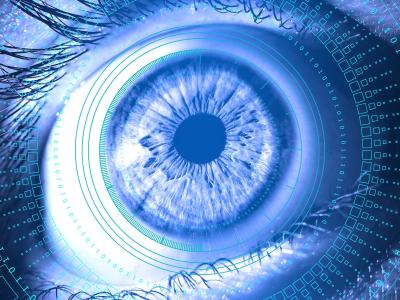
- Citation Author(s):
- Submitted by:
- Ninad Mehendale
- Last updated:
- DOI:
- 10.21227/t1v7-vv21
- Data Format:
- Research Article Link:
 750 views
750 views
- Categories:
- Keywords:
Abstract
Dronescape presents a dataset comprising 25 drone videos showcasing vast areas filled with trees, rivers, and mountains. The dataset includes two subsets: 25 videos with tree segmentation and 25 videos without tree segmentation, offering diverse perspectives on the presence and absence of segmented tree regions. The dataset focuses on highlighting the regions containing trees using the SAM (Segment Anything Model) and Track Anything library. Video object tracking and segmentation techniques are utilized to track the regions of trees throughout the dataset. Each video offers diverse perspectives, camera angles, and lighting conditions, providing rich visual content for analysis and research. The dataset includes annotations in the form of masks, indicating the location and extent of tree regions within each frame. This dataset can be utilized for various applications such as object detection, segmentation, tracking algorithms, ecological studies, environmental monitoring, and urban planning projects. Researchers and developers may encounter challenges related to lighting variations, occlusions, camera motion, and accurate tracking of tree regions while working with this dataset
Instructions:
Extract the zip(s) of the dataset of videos as per your requirement.
· After extracting a folder containing all the folders in the dataset should be contained in the extracted directory. The video dataset contains 1 folder and each folder contains 25 folders and 1 index file.
· Don’t rename or rearrange the files; doing such will result in disparity between the index file and the dataset.
· You can then use the dataset according to the purpose of yours.
· Like, if you want to train a neural network to detect blurs or correct blur, divide the dataset into training and testing data.




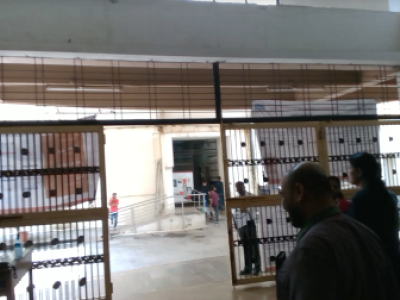
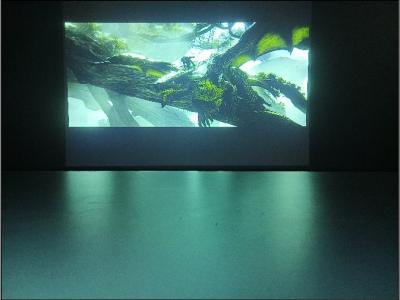
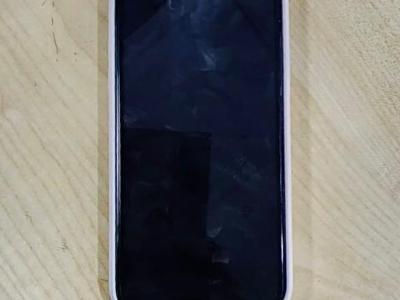

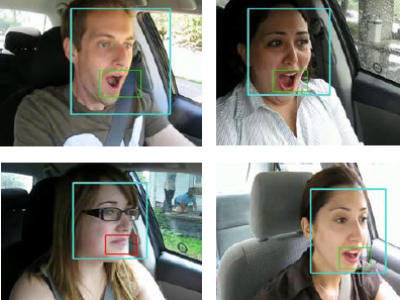
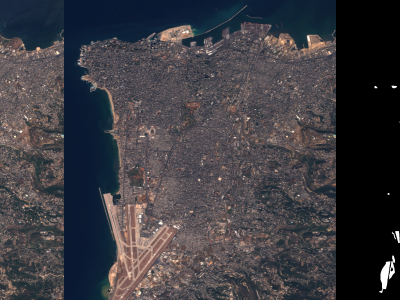

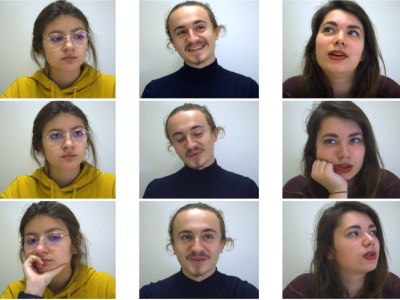
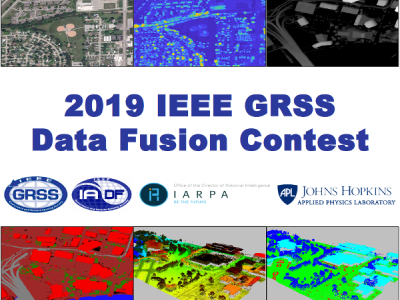

I want to use this dataset